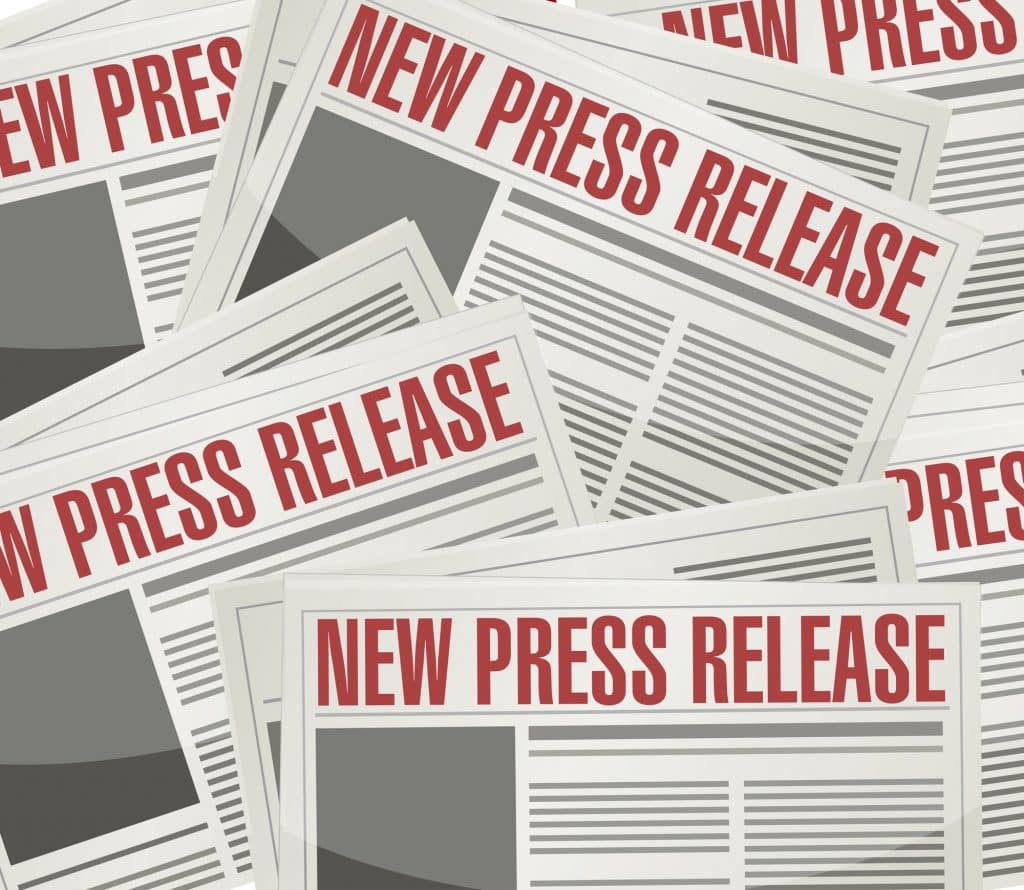Understanding Secondary Packaging: Key Considerations for Your Business
Understanding its significance can help businesses make informed decisions about packaging solutions that align with both functionality and customer appeal.
In the world of product packaging, secondary packaging is often overlooked, yet it plays a crucial role in both the protection and presentation of your product. Secondary packaging is essential for safeguarding products during transport and providing additional branding opportunities. Understanding its significance can help businesses make informed decisions about packaging solutions that align with both functionality and customer appeal.
What Is Secondary Packaging?
Secondary packaging refers to the outer packaging used to contain primary packaging, typically for shipping, handling, or retail display. While primary packaging is in direct contact with the product (like a bottle, box, or jar), secondary packaging serves as an additional layer of protection and organization. It may include items such as cartons, boxes, shrink wrap, or blister packs, and often features branding or product information to attract customers.
For example, a single bottle of shampoo might come in a box with branding, instructions, and additional product details. The box, in this case, is the secondary packaging. It protects the bottle during transport and enhances its visual appeal on the shelf.
Why Secondary Packaging Matters
The role of secondary packaging goes beyond just holding items together. There are several reasons why secondary packaging is crucial for businesses:
-
Product Protection: One of the most vital functions of secondary packaging is to protect the product from damage during transport. Products, especially fragile or perishable items, need additional layers of protection to ensure they reach their destination in optimal condition. Secondary packaging provides that extra cushioning.
-
Branding and Marketing: Secondary packaging offers a great opportunity to enhance brand visibility and marketing efforts. With custom designs, logos, and product details, businesses can make their products stand out in a competitive market. This can lead to higher customer engagement and recognition.
-
Organization and Storage: Secondary packaging allows for easy organization during transport, storage, and inventory management. Bulk quantities of products are often packaged in larger containers, such as corrugated boxes, which make handling and shipping simpler and more efficient.
-
Compliance and Regulations: Some industries require specific labeling or packaging for regulatory reasons. Secondary packaging ensures that all legal requirements are met while offering a clear space for important safety or usage instructions.
-
Sustainability and Cost-Effectiveness: In recent years, the demand for sustainable packaging solutions has grown. Businesses are increasingly seeking eco-friendly alternatives for secondary packaging to minimize environmental impact. Choosing the right materials can also help reduce costs while maintaining effectiveness.
Types of Secondary Packaging
Secondary packaging comes in many forms, and the choice of materials depends on the nature of the product, its fragility, the brand’s sustainability goals, and the logistics involved. Some common types include:
-
Corrugated Boxes: These are the most common form of secondary packaging, especially for bulk shipping. They come in various sizes and strengths and can be custom printed with branding elements. Corrugated boxes offer durability, lightweight qualities, and easy handling.
-
Shrink Wrap: Often used for bundling smaller products together, shrink wrap provides a tight seal around products, protecting them from dust, moisture, and damage. It's often used for multiple items like cans or bottles that are sold together as a pack.
-
Blister Packs: These are typically used for small, retail-ready products like medications, tools, or electronics. Blister packs are made from plastic and help secure items inside a mold, preventing tampering while making the product easily visible to consumers.
-
Tetra Paks: These are used primarily in the food and beverage industry for liquid packaging. Tetra Paks are designed to keep contents fresh without refrigeration, providing protection and a longer shelf life.
-
Clamshells: Often used for electronics, toys, or food items, clamshell packaging is a type of plastic packaging that is hinged and can be sealed shut, keeping products protected while being presented attractively.
Secondary Packaging Materials and Sustainability
In recent years, sustainability has become a significant focus for both businesses and consumers. With increasing awareness of environmental issues, businesses are exploring more sustainable options for secondary packaging. Here are some alternatives to consider:
-
Recycled Materials: Many companies are switching to secondary packaging made from recycled materials, such as recycled paper, cardboard, or plastics. These materials not only reduce waste but also align with the growing demand for eco-friendly products.
-
Biodegradable Options: Some businesses are turning to biodegradable plastics or plant-based materials for their secondary packaging. These materials break down over time, reducing their environmental impact.
-
Minimalist Packaging: A growing trend in packaging design is to use as little material as possible without compromising the product's safety or presentation. This minimalist approach can reduce waste and lower shipping costs, all while maintaining a clean, modern aesthetic.
Best Practices for Secondary Packaging
To ensure that your secondary packaging is effective and aligns with your business needs, consider the following best practices:
-
Evaluate the Product’s Needs: The first step is to evaluate the nature of the product. Is it fragile, perishable, or heavy? Understanding the product’s requirements will help determine the appropriate level of protection and the most suitable packaging materials.
-
Choose Materials Wisely: Select materials that offer adequate protection while minimizing waste. Consider sustainability options, such as recyclable or biodegradable materials, to enhance your brand’s commitment to the environment.
-
Design for Visibility: Secondary packaging should enhance the product's shelf presence. Use vibrant colors, eye-catching designs, and clear messaging to attract attention and convey the product’s value.
-
Optimize for Shipping Efficiency: Ensure that secondary packaging is efficient for storage and transport. Packaging that is too bulky or inefficient can lead to higher shipping costs. Aim to balance protection with cost-effective shipping solutions.
-
Comply with Legal Requirements: Depending on your industry, there may be specific packaging regulations that you must adhere to. Ensure that all necessary labeling, safety warnings, and instructions are clearly displayed on the secondary packaging.
Conclusion
Secondary packaging is much more than just an outer layer of protection; it plays a vital role in ensuring the safety, appeal, and effectiveness of a product. From securing fragile items during shipping to boosting brand visibility on retail shelves, secondary packaging is a key component of the product’s journey. By selecting the right materials, optimizing designs, and staying mindful of sustainability, businesses can create secondary packaging solutions that meet both practical and marketing needs.
Whether you're starting a new business or reevaluating your packaging strategies, consider the power of secondary packaging in helping your products stand out and arrive safely to customers. A thoughtful approach to secondary packaging not only enhances the customer experience but also contributes to the overall success of your brand.




